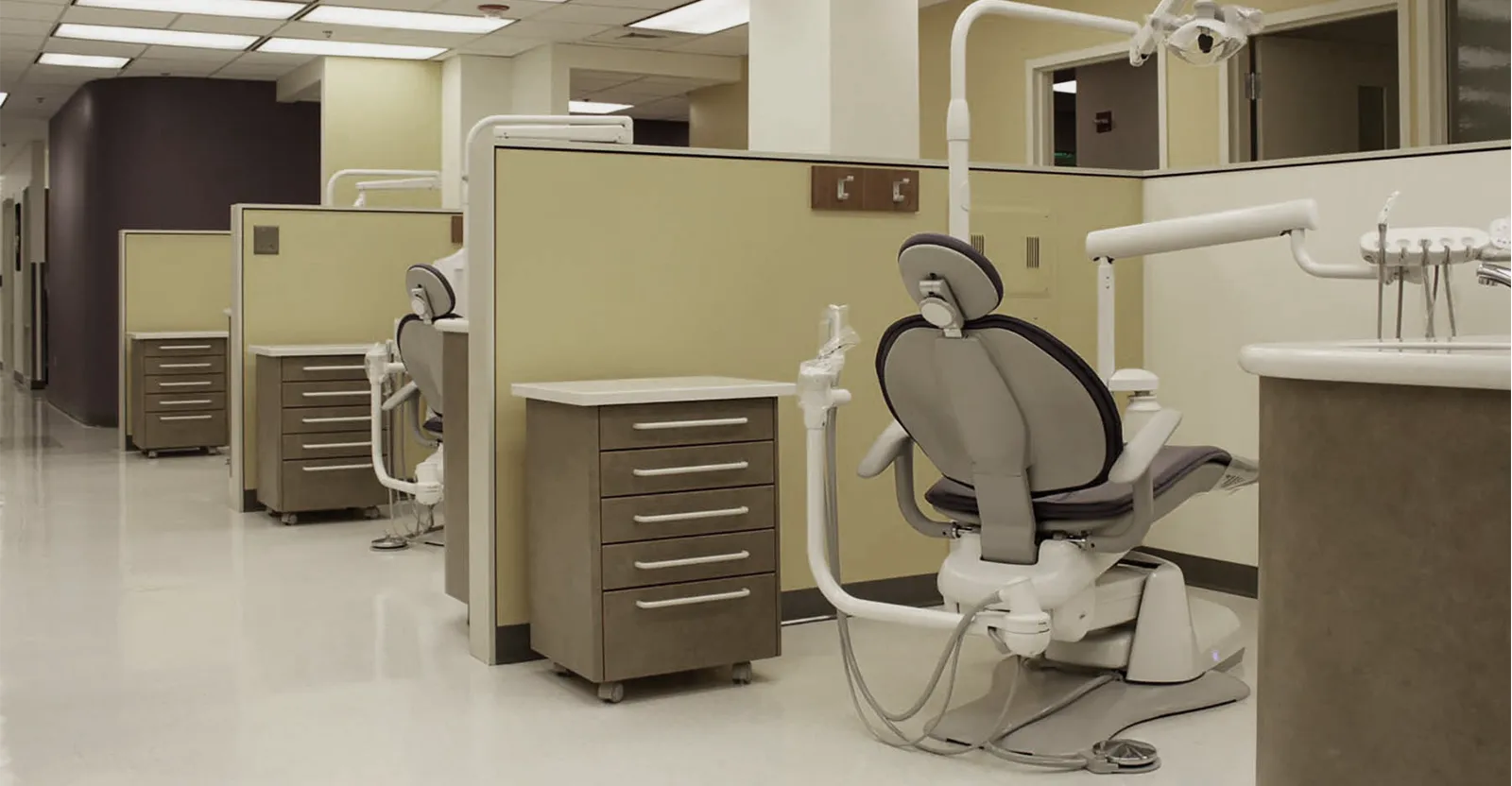The Influence of Labio-lingual and Mesio-distal Anterior Tooth Dimensions on Inter-arch Relationships: A Modified Anterior Bolton Analysis
Yelena Akselrod BeygelmanChair of the Supervisory Committee:Anne-Marie Bollen, Graduate Program DirectorDepartment of Orthodontics Introduction: Tooth size and morphology of anterior teeth influence inter-arch relationships. The Bolton analysis uses tooth width … Read more
